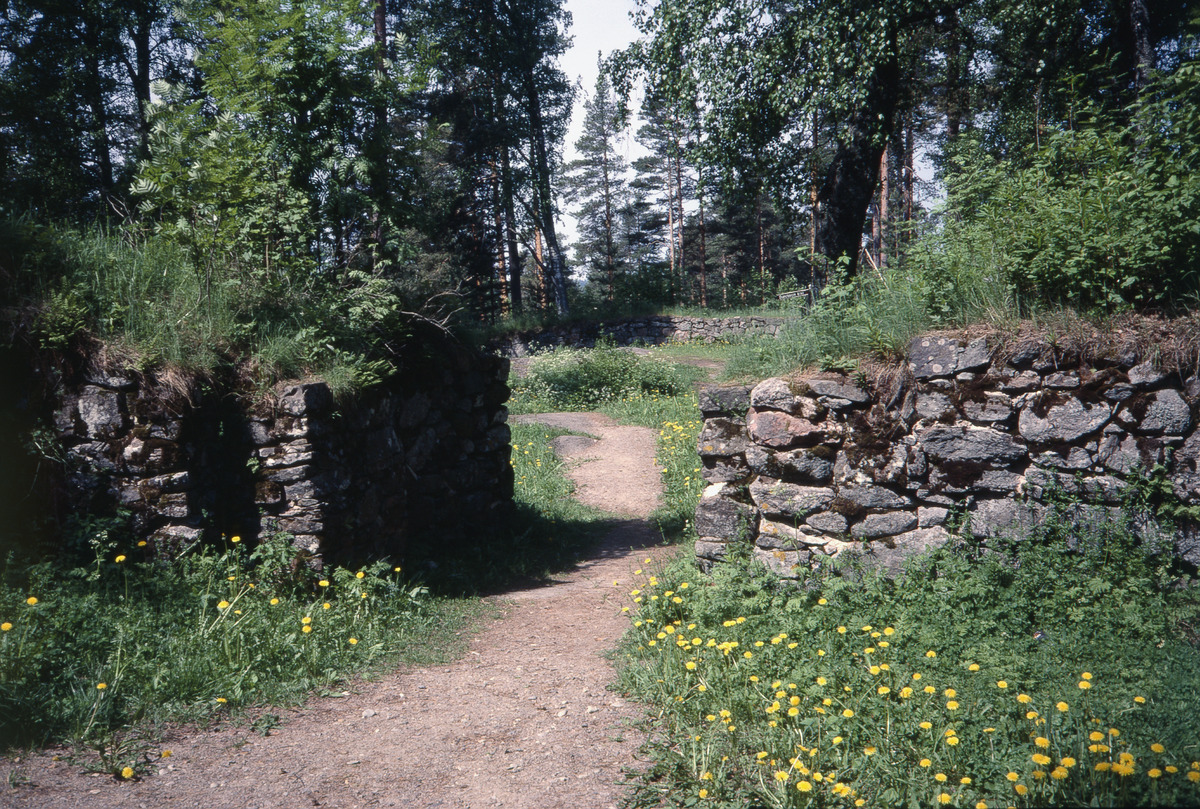Brahelinna ruins
Brahelinna was a castle manor in Ristiina in the area of present-day Mikkeli. Brahelinna was built in 1600 by the Finnish Governor-General Pietari Brahe. Construction of Brahelinna, which began in 1646, continued until the late 1660s. The unfinished main building was a rectangle of about 20 m x 9 m in plan, surrounded by a three-metre-high stone wall. The lower floor was made of brick and the upper floor of wood, and there was also a small cellar. The wall was flanked by a wooden platform. The main gate was on the south-eastern side of the wall.
When the divided fiefdoms were returned to the Crown by the reduction, Brahelinna became the official residence of the commander of the Savo Infantry Regiment. After the Great Northern War, the building fell into disrepair, and building materials were taken from it for the New Brahelinna, which had served as an official house since 1739. This newer building is now known as the War College.
There is also a well and a monument to Lieutenant Colonel J.Z. Duncker on the west side of the castle.
Geology of the area
The ruins are located on a mica moraine, which was a small rocky outcrop at the mouth of the ancient Baltic Sea, the Yoldi Sea, when it was released from the glacier some 11 400 years ago. The mica bedrock is visible as a series of glacially grooved siliciclastic rocks. A monument to J.Z.Duncker (1774-1809) has been erected on one of them. Duncker was a lieutenant colonel in the Swedish army and was originally from Ristiina.
Image: Kärki Pekka 1988, Museovirasto
Source: visitmikkeli
Address
Puistopolku 3
52300 Ristiina
